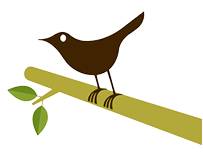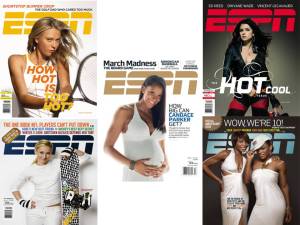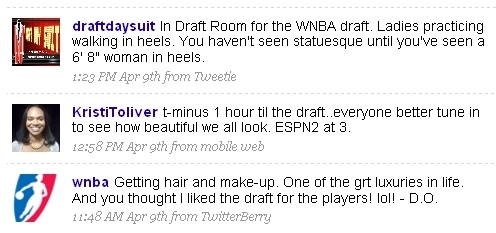You know how people claim “bad things happen in threes” well after the last 24 hours of things I’ve seen and read in the sport media, I believe it!
1. “The Erin Andrews Peep Show” which if you haven’t heard about by now, then you’re not reading or watching the sport media (To read about what happened and the critical analysis “it” go to the Sports, Media, & Society blog, After Atlanta blog, or a post on Feministing.com titled “A long History of Objectifying Erin Andrews”.) Unfortunately as After Atlanta points out, nearly 20 years ago we had the Lisa Olson “incident” in the Patriots’ locker room, which documents a long history of sexual harassment and objectification of female sport journalists who dare to cover and/or write about male athletes. What I found almost as irksome is the public’s reaction to USA Today sport columnist Christine Brennan’s tweets (@cbrennansports) about the issue in which she said female sport journalists shouldn’t “play to the frat boys” but write or respond as if she were talking to a “12 year old girl sitting on her couch.” Brennan’s remarks were misconstrued and she herself was called “sexist”. Anyone who knows or has followed Christine Brennan knows this is ridiculous! But on the flip side, as Marie Hardin (one of the leading experts on media & gender) points out, female sport journalists in her research often play the blame game when a female colleague is discriminated against. However, which ever side you fall, I think much of the public response to Brennan was yet another example of the sanctioning of female sport journalists…in part, the the traffic over both these issues crashed the server at Women Talk Sports! Even that is sad…that BAD and icky news about women’s sport and female sport journalists have people searching those terms and THEN click upon Women Talk Sports.
2. Then I read on the @womentalksports Twitter an unedited USOC headline: “Can an Olympic athlete be a pimp?” The first line of the story reads, “A lot of women will need to have a lot of sex with a lot of men to get Logan Campbell to the 2012 Olympic Games.Yes, you read that right. Campbell, to cut a long story short, is a New Zealand taekwondo athlete who has opened a brothel to finance his ambition of winning an Olympic medal in London…He has more than a dozen women handing over half their earnings to him. It is, in his words, ‘a good moneymaking industry.’ ” I think this story speaks for itself, but the most disturbing part as it pertains to sport media is that the story was ON THE OFFICIAL WEBSITE OF THE U.S. OLYMPIC COMMITTEE.
3. And to round out the trifecta of sexist sport stories, an article about Bernadette Locke Mattox one of only three women in NCAA history to have coached in Division I men’s basketball. “Cool!”, I thought given my research on the dearth of female coaches at all levels….and then I read it. Rick Pitino hired Mattox because “he needed a woman to burnish the image of Kentucky basketball and to emphasize academics, career planning and integrity,” and the assistants reported she smelled good….but “she was just one of the guys.” You leave the article feeling like Pitino hired a pseudo-mother for “his boys” and her pioneering position and obvious skill as a coach were lost. This type of blatant gender bias in sport media is one of the many contributing factors as to why coaching men remains off limits to women at all levels (~2-4% of boys and men are coached by females at every level) and female coaches are routinely perceived as less competent than their male counterparts according to research.
Tomorrow is a new day….











